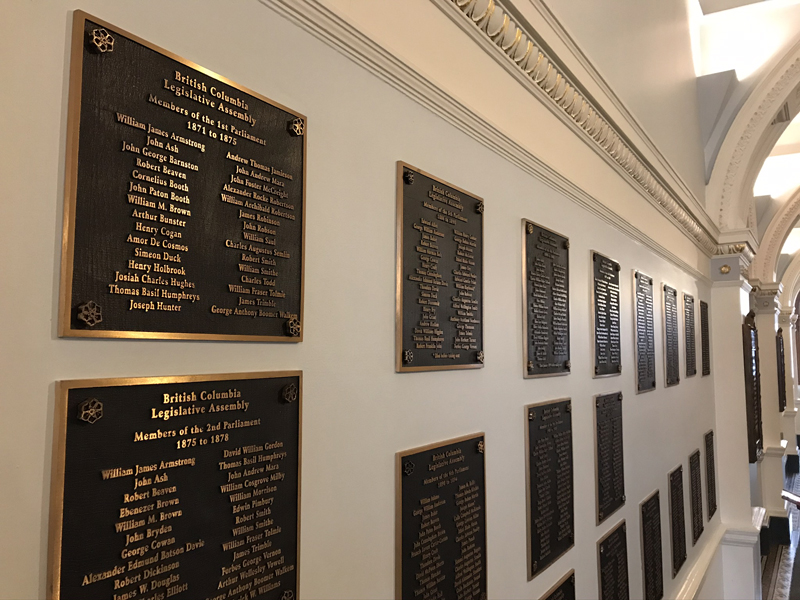The legislative branch of government is made up of the Legislative Assembly - the public officials elected by the people of British Columbia.
The principal function of the legislative branch is to serve as a public forum for free discussions on important social, political and economic issues. It is a medium where the public expresses itself through its democratically elected representatives. It is a people’s forum and represents a cross-section of the public.
The legislative branch is indispensable, as it is the organization to which the executive branch turns for approval. The legislative branch focuses the executive branch’s attention on public opinion and holds the executive accountable for its actions by supporting or criticizing government initiatives and exposing shortcomings.
In B.C., MLAs represent the interests of their constituents by participating in various parliamentary processes, including the legislative process of making laws, the process of approving proposed government expenditures, and the process of scrutinizing government activity. In doing so, MLAs hold the executive branch accountable for its actions.
Did You Know?
Unlike the federal Parliament of Canada, British Columbia and the other provinces have only one House, making them unicameral Parliaments. The Canadian Senate was established to bring greater experience and stability to the process of passing legislation and to make sure regional, provincial, and minority interests were represented. With a system of representation by population, the Fathers of Confederation were concerned that the less populated provinces of the country needed to have their voices heard fully.

